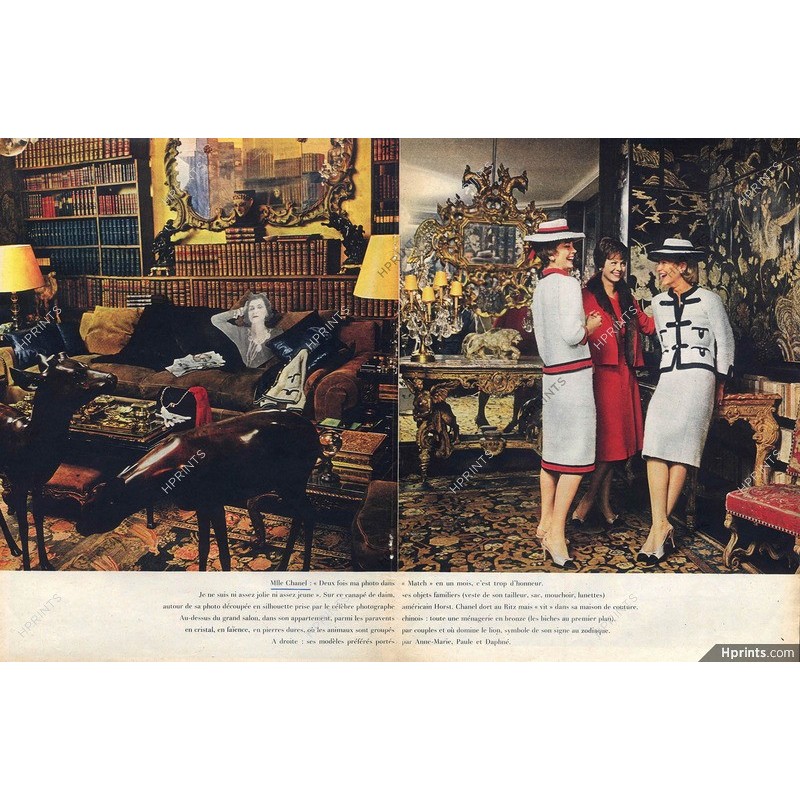











Coco Chanel, real name Gabrielle Bonheur Chanel, is much more than just a fashion designer. Born in 1883, she revolutionized the haute couture industry by daring to shake up the aesthetic codes of her time.
Fleeing the orphanage, she began her career as a singer in cabarets, before launching into hat design. It was in 1910 that she opened her first boutique in Paris, offering simple and elegant models, far from the extravagances of the Belle Époque.
 Garanties sécurité
Garanties sécurité
(à modifier dans le module "Réassurance")
 Politique de livraison
Politique de livraison
(à modifier dans le module "Réassurance")
 Politique retours
Politique retours
(à modifier dans le module "Réassurance")
Coco Chanel, real name Gabrielle Bonheur Chanel, was born in 1883. Orphaned by her mother at the age of 12, she grew up in an orphanage and then worked as a seamstress before launching into hat design. She opened her first boutique in Paris, on rue Cambon, in 1910.
Chanel's success was based on Coco Chanel's desire to free women from the clothing constraints of the time. She revolutionized fashion by offering comfortable, practical and elegant clothing, such as the trouser suit, the petit noir and the Chanel N°5 perfume. Chanel quickly became a luxury brand recognized throughout the world, a symbol of elegance and sophistication.
After Coco Chanel's death in 1971, the house of Chanel went through a period of transition. Karl Lagerfeld was appointed artistic director in 1983. With his creative genius and modern vision, he gave the brand a new lease of life. Lagerfeld modernized Chanel's codes while respecting the founder's legacy. He revisited the house's classics, adapted them to current trends, and created new fashion icons.
During World War II, Coco Chanel had controversial relations with the German occupiers. She frequented figures from the Nazi regime and took advantage of the situation to expand her business. These choices tarnished her image and were debated at length after the war.
Chanel and Dior are two French fashion houses that have left their mark on the history of fashion. While they share certain values, such as elegance and sophistication, they are distinguished by their style:
Chanel: Symbol of the modern and independent woman, Chanel offers timeless and comfortable clothes, often characterized by clean lines and noble materials.
Dior: Synonymous with femininity and glamour, Dior highlights feminine curves and offers often very elaborate dresses.
Chanel is an iconic fashion house that revolutionized fashion by offering women elegant and comfortable clothes. Coco Chanel, the founder, left an indelible legacy, perpetuated by designers like Karl Lagerfeld. Although Chanel's history is marked by darker periods, the brand remains a symbol of French elegance throughout the world.